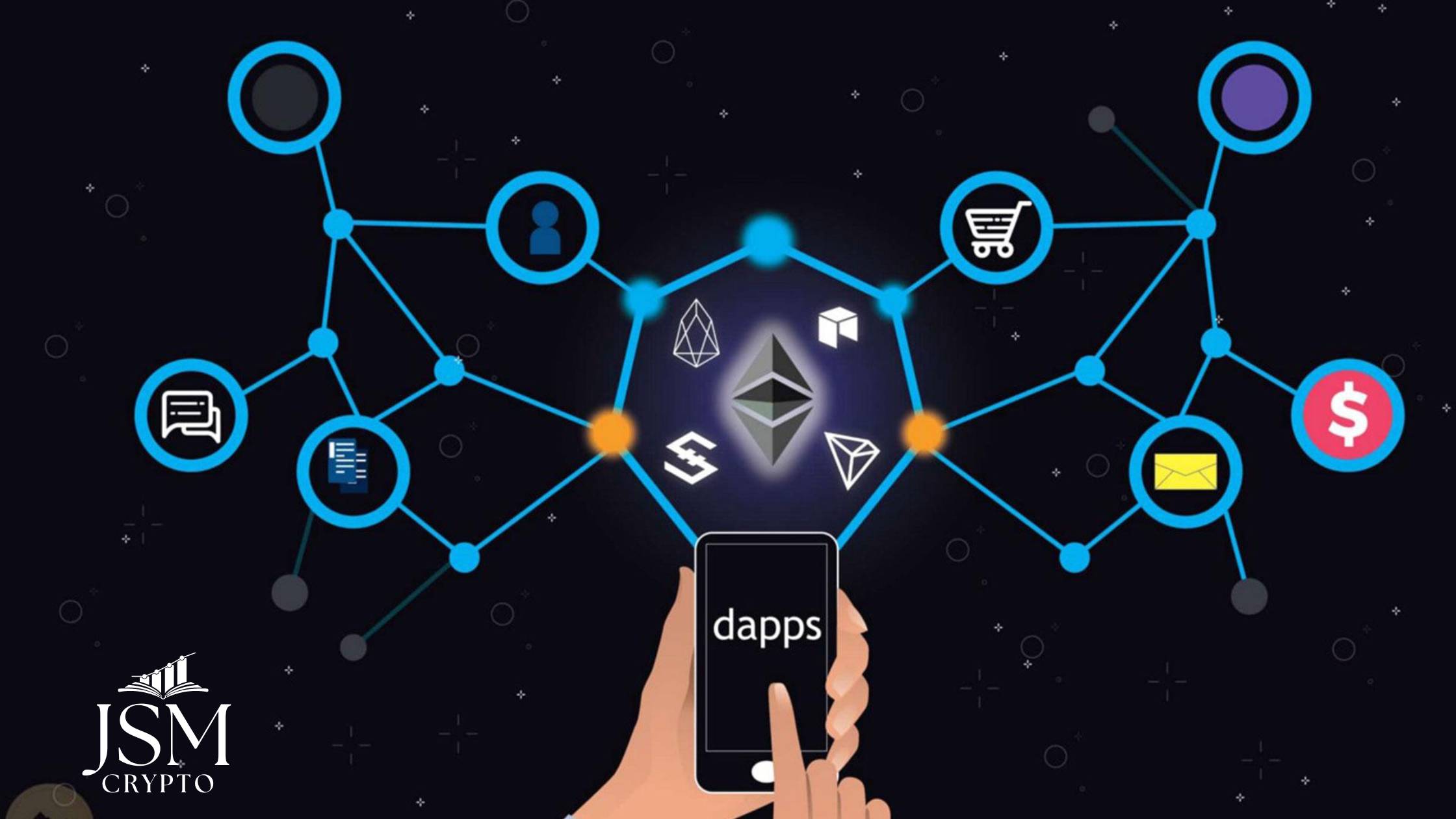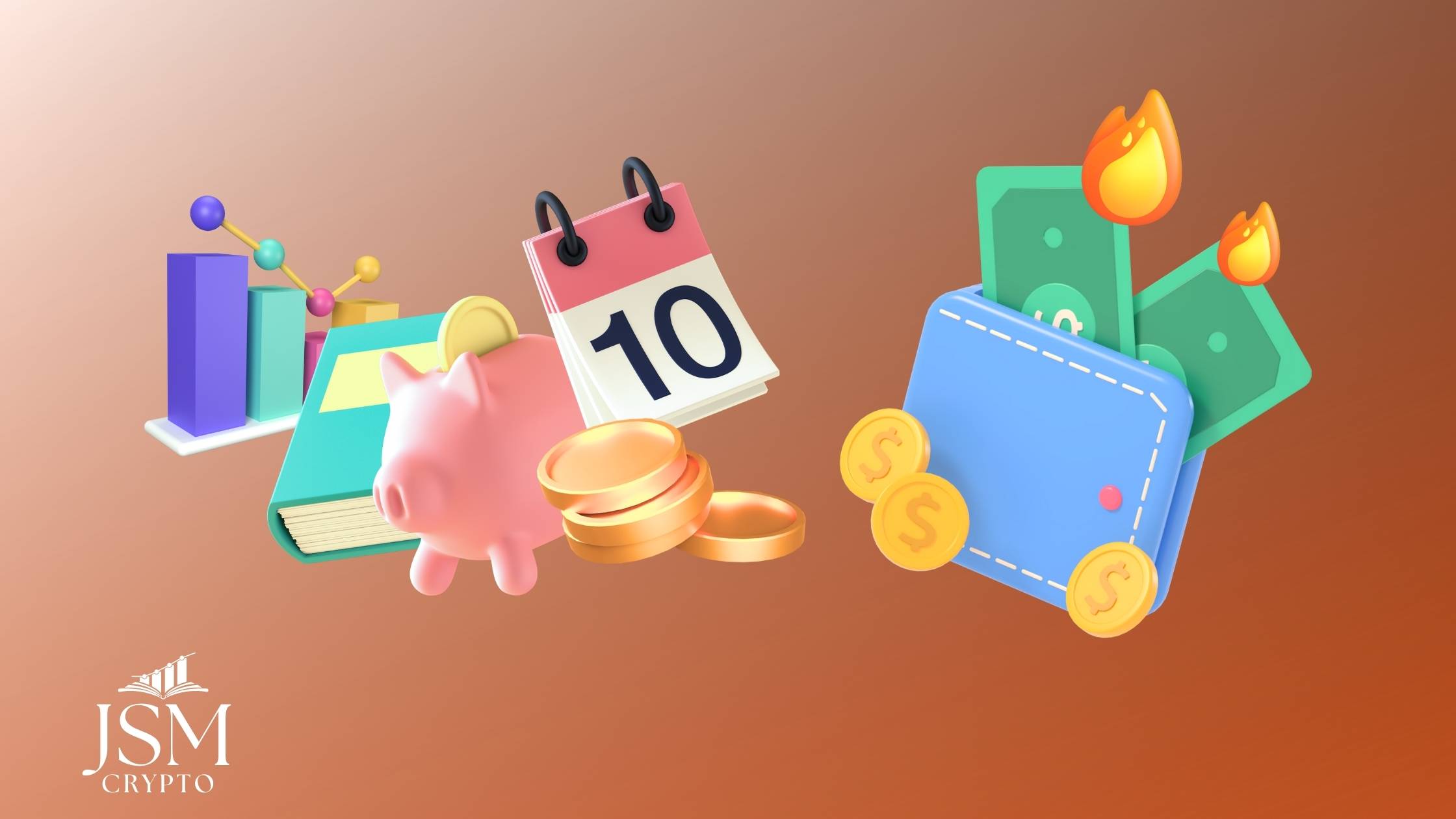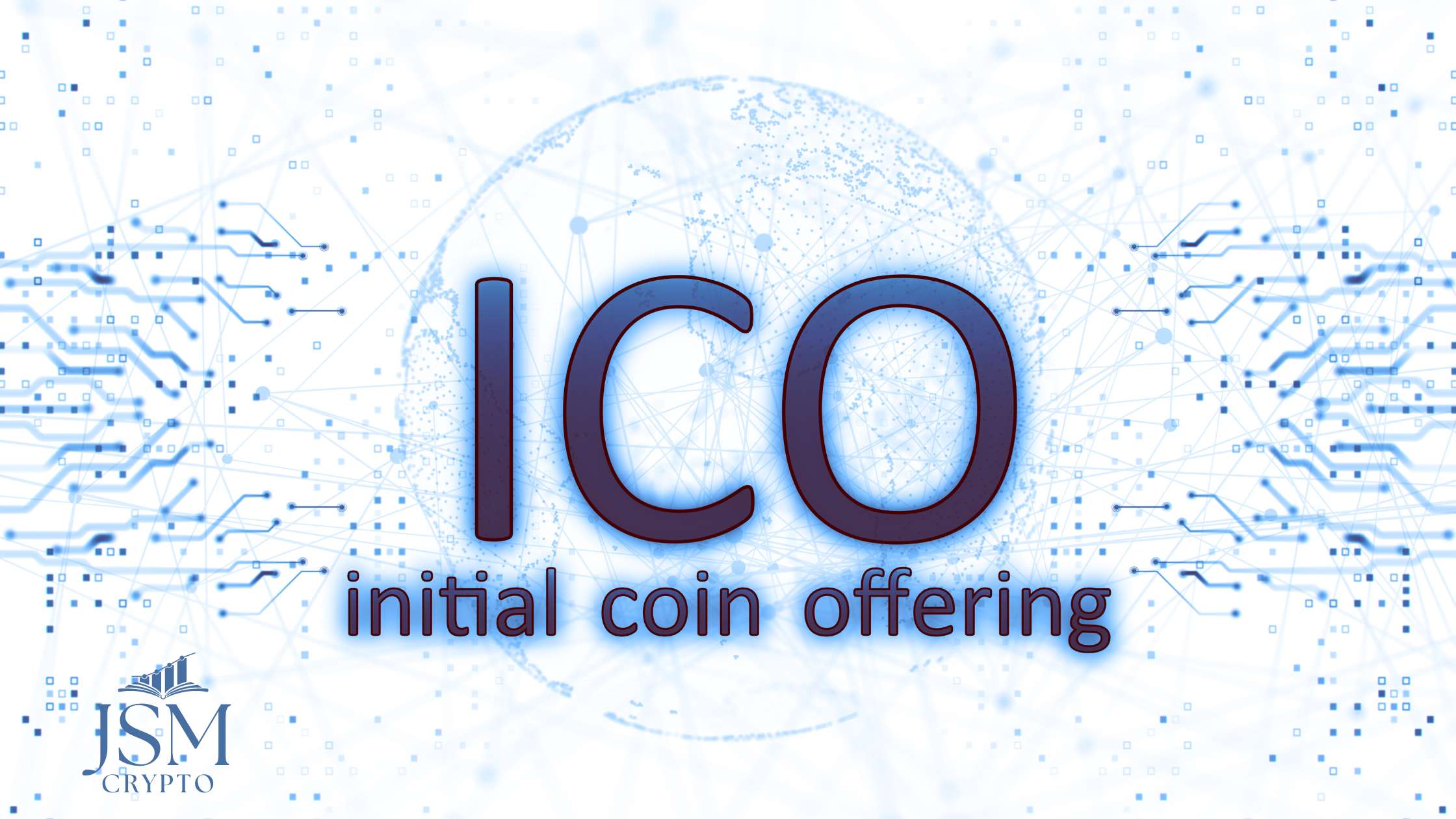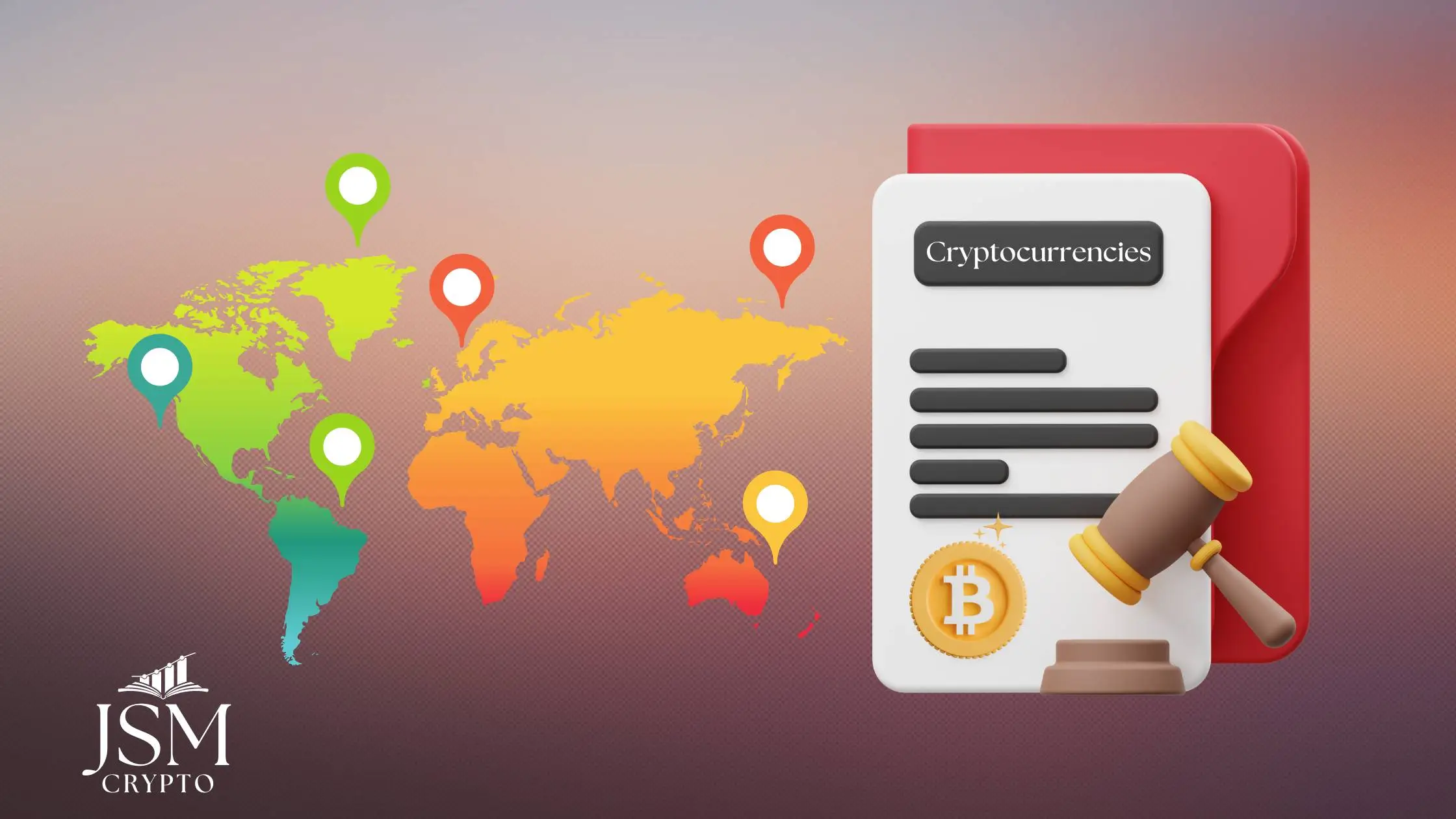
Decentralized Apps (Dapps): Transforming the Future of Technology
Decentralized apps, or Dapps, are revolutionizing the world of technology. Dapps are built on blockchain technology, which is a decentralized, transparent, and secure way of storing data and executing transactions. They operate on a peer-to-peer network, enabling users to interact directly with each other without the need for intermediaries. Dapps are powered by smart contracts, which are self-executing contracts that automatically enforce the rules and regulations of the system. In this article, we will explore what Dapps are, how they work, their benefits, popular examples, challenges facing Dapps, the future of Dapps, and how to build a Dapp.
Table Of Contents
- What are Decentralized Apps (Dapps)?
- How do Decentralized Apps (Dapps) work?
- Benefits of Dapps
- Examples of Popular Dapps
- Challenges Facing Dapps
- Future of Dapps
- How to Build a Dapp
- Conclusion
What are Decentralized Apps (Dapps)?
Decentralized Apps, or Dapps, are applications that run on a decentralized network, such as a blockchain. Unlike traditional apps, Dapps have no central point of control or failure, making them more secure, transparent, and censorship-resistant. They are typically open-source, meaning that anyone can contribute to their development and review their code and often use cryptocurrency or tokens as a means of exchange or access to their services. Dapps can be used for a variety of purposes, such as finance, gaming, social media, and more.
How do Decentralized Apps (Dapps) work?
Dapps operate on a decentralized network, which means that they are not controlled by a single entity. They are powered by smart contracts, which are self-executing contracts that automatically enforce the rules and regulations of the system. Dapps enable users to interact directly with each other without the need for intermediaries. They also ensure transparency and security, as all transactions are recorded on a distributed ledger.
Benefits of Decentralized Apps (Dapps)
Decentralized apps offer several benefits over traditional apps, including:
- Transparency: All transactions on a Dapp are recorded on a distributed ledger, which ensures transparency and accountability.
- Security: Dapps are built on blockchain technology, which is a decentralized, transparent, and secure way of storing data and executing transactions.
- No intermediaries: Dapps operate on a peer-to-peer network, enabling users to interact directly with each other without the need for intermediaries.
- No downtime: Dapps operate 24/7, as they are not controlled by a single entity.
- Incentivization: Dapps often incentivize users to participate in the network by rewarding them with crypto assets.
Examples of Decentralized Apps (Dapps)
There are several popular examples of Dapps, including:
- Uniswap: A decentralized exchange platform that allows users to trade cryptocurrencies without intermediaries.
- OpenSea: A marketplace for buying, selling, and discovering non-fungible tokens (NFTs).
- Aave: A decentralized lending platform that allows users to earn interest on their cryptocurrency holdings.
- Mirror: A decentralized blogging platform where users can create and monetize their content using cryptocurrency.
- Brave: A privacy-focused web browser that rewards users with cryptocurrency for viewing ads.
- Golem: A decentralized platform that enables users to rent their idle computing power to other users.
- Augur: A decentralized prediction market platform that allows users to bet on the outcome of events.
These are just a few examples of the many Dapps that are currently being used. As the technology behind Dapps continues to evolve, we can expect to see even more innovative and useful applications being developed in the future.
Challenges Facing Decentralized Apps (Dapps)
While Dapps offer several benefits over traditional apps, there are several challenges facing Dapps, including:
- Scalability: Dapps currently have limited scalability, as they rely on the underlying blockchain technology for processing transactions.
- Usability: Dapps can be difficult for non-technical users to use, as they often require knowledge of blockchain technology and smart contracts.
- Regulation: The regulatory framework for Dapps is still evolving, and there is uncertainty about how they will be regulated in the future.
- Tokenization: Dapps often rely on tokenization for incentivizing users and funding development, which can lead to regulatory and legal challenges.
The Future of Decentralized Apps (Dapps)
The future of Dapps is promising, as they are at the forefront of the Web 3.0 revolution. Dapps have the potential to transform several industries, including finance, gaming, and social media. As blockchain technology continues to evolve, Dapps will become more scalable and user-friendly, enabling broader adoption. The rise of decentralized finance (DeFi) and non-fungible tokens (NFTs) is also driving the growth of Dapps.
How to Build a Decentralized App (Dapp)
Building a Dapp requires knowledge of blockchain technology, smart contracts, and distributed ledger technology. The process of building a Dapp involves the following steps:
- Choose a platform: Choose a platform for building your Dapp, such as Ethereum or EOS.
- Define the problem: Define the problem that your Dapp will solve.
- Design the architecture: Design the architecture of your Dapp, including the user interface and smart contracts.
- Develop the smart contracts: Develop the smart contracts that will power your Dapp.
- Test the Dapp: Test the Dapp for bugs and security vulnerabilities.
- Launch the Dapp: Launch the Dapp on the chosen platform.
Conclusion
Decentralized apps, or Dapps, are transforming the future of technology. They offer several benefits over traditional apps, including transparency, security, and no intermediaries. While there are several challenges facing Dapps, the future is promising, as they are at the forefront of the Web 3.0 revolution. As blockchain technology continues to evolve, Dapps will become more scalable and user-friendly, enabling broader adoption. If you want to build a Dapp, it requires knowledge of blockchain technology, smart contracts, and distributed ledger technology, but the potential rewards are significant.
Looking to learn more about cryptocurrency and other markets? Sign up for my one-on-one coaching service and gain in-depth knowledge and insights into the world of finance. As an experienced investor and trader, I can provide you with personalized guidance and support to help you navigate the complexities of cryptocurrency and other markets. Whether you’re a beginner or an experienced investor, my coaching service can help you develop the skills and strategies you need to succeed in today’s fast-paced financial landscape.

WRITTEN BY JOSE
Jose is full-time investor, business owner and educator. He is the founder of JSM Crypto a platform that was created to help people get educated in crypto.
Subscribe To Our Free Educational Newsletter
Our bi-monthly newsletter will keep you up to date on major events in the cryptocurrency sector. We will also share trading and investing ideas, tips, and tricks with you, all while continuously improving your knowledge and understanding of the investment world.








No Comments